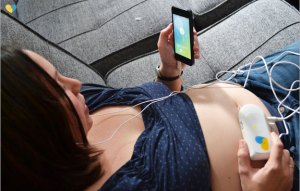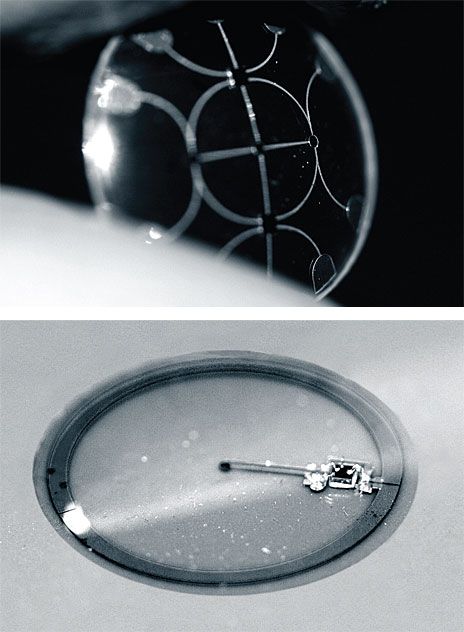When we think about sustainable energy in the modern world, the first things that usually come to mind are gigantic solar panels. While obtaining energy from sunlight has become a wide-spread reality and proves to be quite useful, solar panels have their downsides in obstacles such as overcast weather and tremendous expenses. There is, however, another type of ground-breaking energy form that has been around for quite some time and governs our every-day lives in more ways than we realize: that is, gravity.
The concept of using gravity as a source of power is a lot simpler than it may sound at first. A recent project led by a couple of engineers, which was originally meant for entry into a contest to develop an LED light that eliminates kerosene use, is also a wonderful explanation of the idea of generating electricity using the power of gravity.

Diagram: deciwatt.org
The invention is called the GravityLight. When the GravityLight is hung on a vertical surface, its user fills the included GravityLight bag with weight, such as rocks or any other objects with sufficient weight, and hangs the bag on the weight hook. The weight of the bag, pulled downward by gravity, then pulls the weight strap through a series of mechanisms inside the GravityLight for about 30 minutes, during which the GravityLight is illuminated. There are no batteries or any sort of fuel involved.
The GravityLight is expected to sell for around $6-$7, but its creators hope to lower that number even further. The reason this invention is so innovative is because it is much more affordable than any alternative and will be able to illuminate homes in areas where there is no electricity, such as in third-world countries. The GravityLight is so innovative, in fact, that CNN named it as one of their top 10 inventions of the year 2013. Currently, the GravityLight is being distributed for trial testing and is expected to be on the market soon after.









